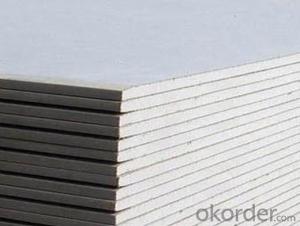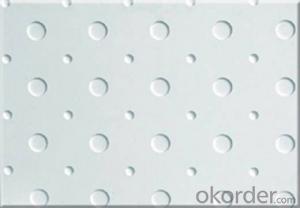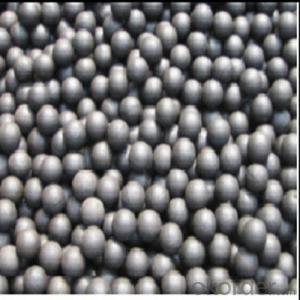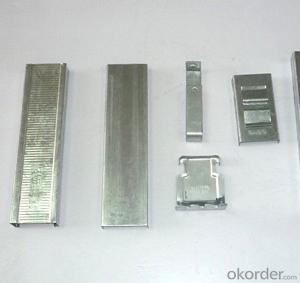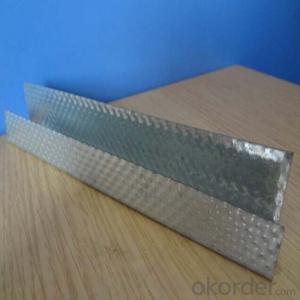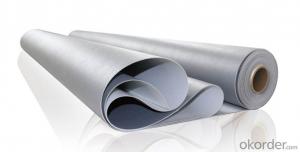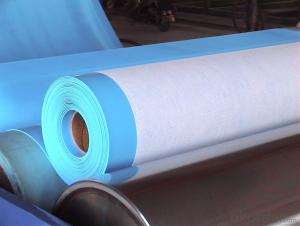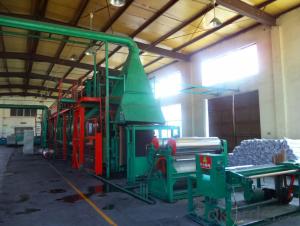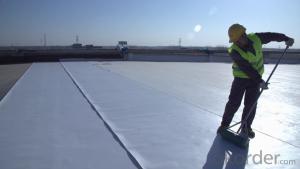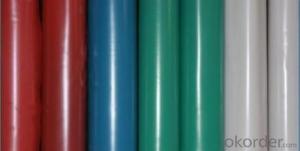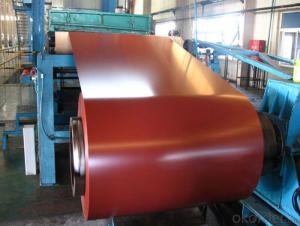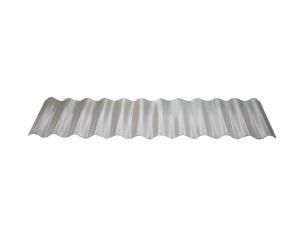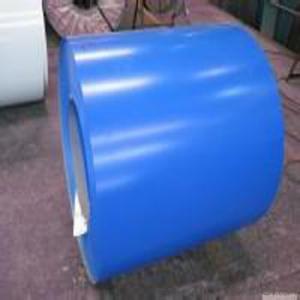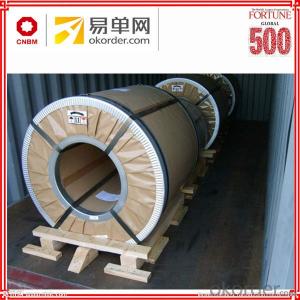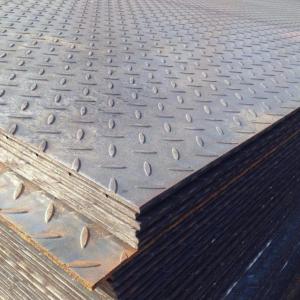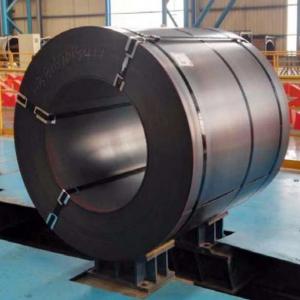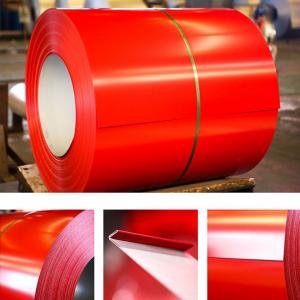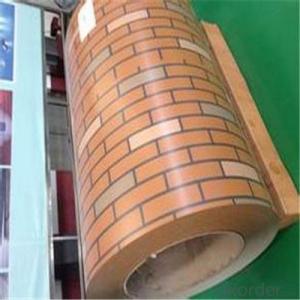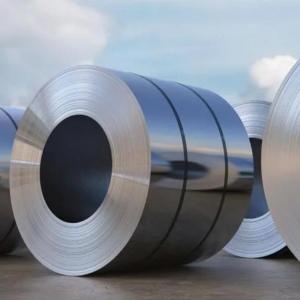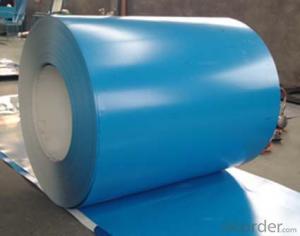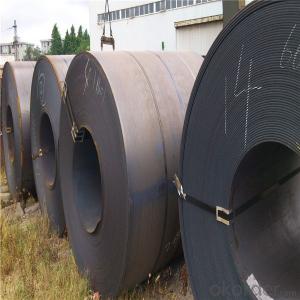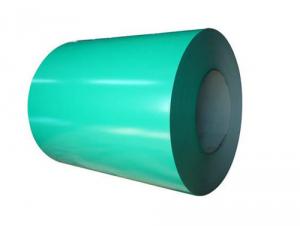Roofing Sheets In Chennai
Roofing Sheets In Chennai Related Searches
Raw Material For Solar Cells Ac Inverter For Solar Panels Plastic Wall Coverings For Bathrooms Fiberglass Sheets For Roofing Heat Reflective Material For Roof Wall Panels For Basement Felt Paper For Roofing Retaining Wall With Geogrid Plastic Coated Steel Roofing Sheets High Quality Roofing FeltHot Searches
Steel Mesh Panels For Sale Cheap High Tea Sets For Sale Cheap Solar Cells For Sale Q Cells Solar Panels For Sale Used Foam Board Insulation For Sale Welded Wire Panels For Sale Types Of Temporary Side Panels For Cement Deck Fiberglass Panels For Sale Magnesium Oxide Board For Sale Hdf Board For Sale sintra board for sale Cheap Mini Laptops For Sale Plywood For Sale Cheap Sandwich Panels For Sale resin panels for sale Cheap Washers For Sale Cheap Tall Vases For Sale Eps Panels For Sale Air Conditioner For Cheap Prices Gypsum Board Price Per Sheet In IndiaRoofing Sheets In Chennai Supplier & Manufacturer from China
Okorder.com is a professional Roofing Sheets In Chennai supplier & manufacturer, offers integrated one-stop services including real-time quoting and online cargo tracking. We are funded by CNBM Group, a Fortune 500 enterprise and the largest Roofing Sheets In Chennai firm in China.Hot Products
FAQ
- Steel coils play a crucial role in the manufacturing of electrical equipment due to their unique properties and versatility. Firstly, steel coils are used in the production of transformer cores, which are essential components in electrical equipment. The magnetic properties of steel make it an ideal material for transformer cores as it allows for efficient energy transfer and reduces energy losses. The coil shape of the steel enables it to generate a magnetic field that facilitates the transformation of voltage levels, thus ensuring the proper functioning of electrical equipment. Moreover, steel coils are commonly used in the production of motors and generators. These devices rely on magnetic fields to convert electrical energy into mechanical energy and vice versa. The coil shape of the steel allows for the creation of electromagnetic fields, which are necessary for the operation of motors and generators. Additionally, the strength and durability of steel ensure that the coils can withstand the high temperatures and mechanical stresses that are often encountered in electrical equipment. Furthermore, steel coils are utilized in the construction of electrical conductors, such as wires and cables. These conductors enable the transmission of electricity from power sources to various electrical devices. Steel, with its high electrical conductivity, ensures efficient power transmission while also providing mechanical strength and protection from external factors such as corrosion and wear. The coil shape of steel wires further enhances their flexibility, making them suitable for various applications in electrical equipment manufacturing. Overall, steel coils contribute significantly to the manufacturing of electrical equipment by providing the necessary magnetic properties for transformer cores, enabling the generation of electromagnetic fields in motors and generators, and facilitating efficient power transmission in electrical conductors. Their versatility, strength, and durability make steel coils an indispensable component in the production of reliable and high-performance electrical equipment.
- I have heard that heating the steel and applying oil will help with corrosion, and will give that aged look. I would like to know finishes available without painting. thanks
- Windex works the suited. makes it seem purely like a mirror. if it quite is dingy their is those products that they sell in supermarkets and motor vehicle automobile areas shops observed as brasso it gets the annoying deposits out.
- Can you reload spent casings if they are steel?
- Let me break it down for you. 1) There are two kinds of priming in current use these days -- you cannot tell from the outside which primer it is...only by looking inside the casing. If the casing has a single center primer hole, it is Boxer primed. If the casing has multiple primer holes, none of which is center, it is Berdan primed. Berdan and Boxer are the names of men who designed the priming systems.
- Steel coils are typically packaged for shipment by being tightly wound and secured with steel bands or straps. They are often placed on wooden skids or pallets to provide stability and protection during transportation. Additionally, protective covers or sheets may be used to shield the coils from moisture and other potential damages.
- There are several ways in which steel coils help improve energy efficiency in transportation. To begin with, steel coils are lightweight and have a high strength-to-weight ratio. This means that they require less steel material to carry the same load compared to other materials like wood or concrete. As a result, the overall weight of the transport vehicle is reduced, leading to lower fuel consumption and emissions. Furthermore, steel coils are extremely durable and can withstand harsh transportation conditions. They are highly resistant to corrosion, impact, and fatigue, ensuring a longer lifespan for the transport vehicle. This durability reduces the need for frequent repairs or replacements, resulting in reduced energy consumption and material waste. Moreover, steel coils are easily handled and transported. Due to their compact and standardized size, they can be effortlessly loaded and unloaded from trucks, trains, or ships. This efficiency in handling reduces the time and energy required for loading and unloading operations, ultimately increasing overall transportation efficiency. Additionally, steel coils can be efficiently stacked and stored, maximizing the utilization of available space in transport vehicles. This reduces the number of trips needed to transport the same amount of goods, resulting in less energy consumption and lower transportation costs. Lastly, steel is a highly recyclable material. At the end of their life cycle, steel coils can be easily recycled and used to produce new steel products. This reduces the demand for raw materials and the energy required for manufacturing new products, thereby contributing to overall energy efficiency in transportation. In conclusion, steel coils play a crucial role in enhancing energy efficiency in transportation. Their lightweight, durable, easy-to-handle, and recyclable nature leads to decreased fuel consumption, lower emissions, reduced maintenance needs, efficient use of space, and minimized material waste. All of these factors contribute to a more sustainable and energy-efficient transportation system.
- I have a steel garage, it looks worn out hauled away? How can I maintain / repair it?
- The entire garage is steel? Garage door? Are you able to open and close it without too much trouble? If so, just keep it lubricated. You could paint the door to improve its appearance.
- Steel coils can be cut-to-length using various methods, each with unique advantages and applications. Some commonly used methods include: 1. Rotary Shearing: This technique utilizes a rotating shear blade to cut through the coil. It offers excellent precision and can handle a wide range of material thicknesses. Rotary shearing is well-suited for high-volume production and allows for high cutting speeds. 2. Guillotine Shearing: In this method, a straight blade is employed to cut through the coil. It is a versatile technique that can handle different material thicknesses and widths. Guillotine shearing is relatively simple and efficient, making it a popular choice for many applications. 3. Slitting: Slitting involves creating multiple longitudinal cuts in the coil to produce narrower strips. It is commonly used when a coil needs to be divided into smaller coils or when narrower strips are necessary for specific applications. Slitting can be performed using either rotary or straight blades. 4. Laser Cutting: Laser cutting employs a high-powered laser beam to melt or vaporize the material, resulting in a precise and clean cut. It is ideal for cutting complex shapes or patterns and can handle both thin and thick steel coils. Laser cutting offers high accuracy and minimal material distortion. 5. Waterjet Cutting: In this method, a high-pressure stream of water mixed with abrasive particles is used to cut through the coil. It is suitable for a wide range of materials, including steel, and can achieve high accuracy. Waterjet cutting is often utilized for cutting thick coils or when minimizing heat-affected zones is crucial. Each method has its own strengths and limitations, and the selection depends on factors such as material thickness, required precision, production volume, and specific application requirements. Choosing the most suitable method is vital to ensure efficient and high-quality cut-to-length shearing for steel coils.
